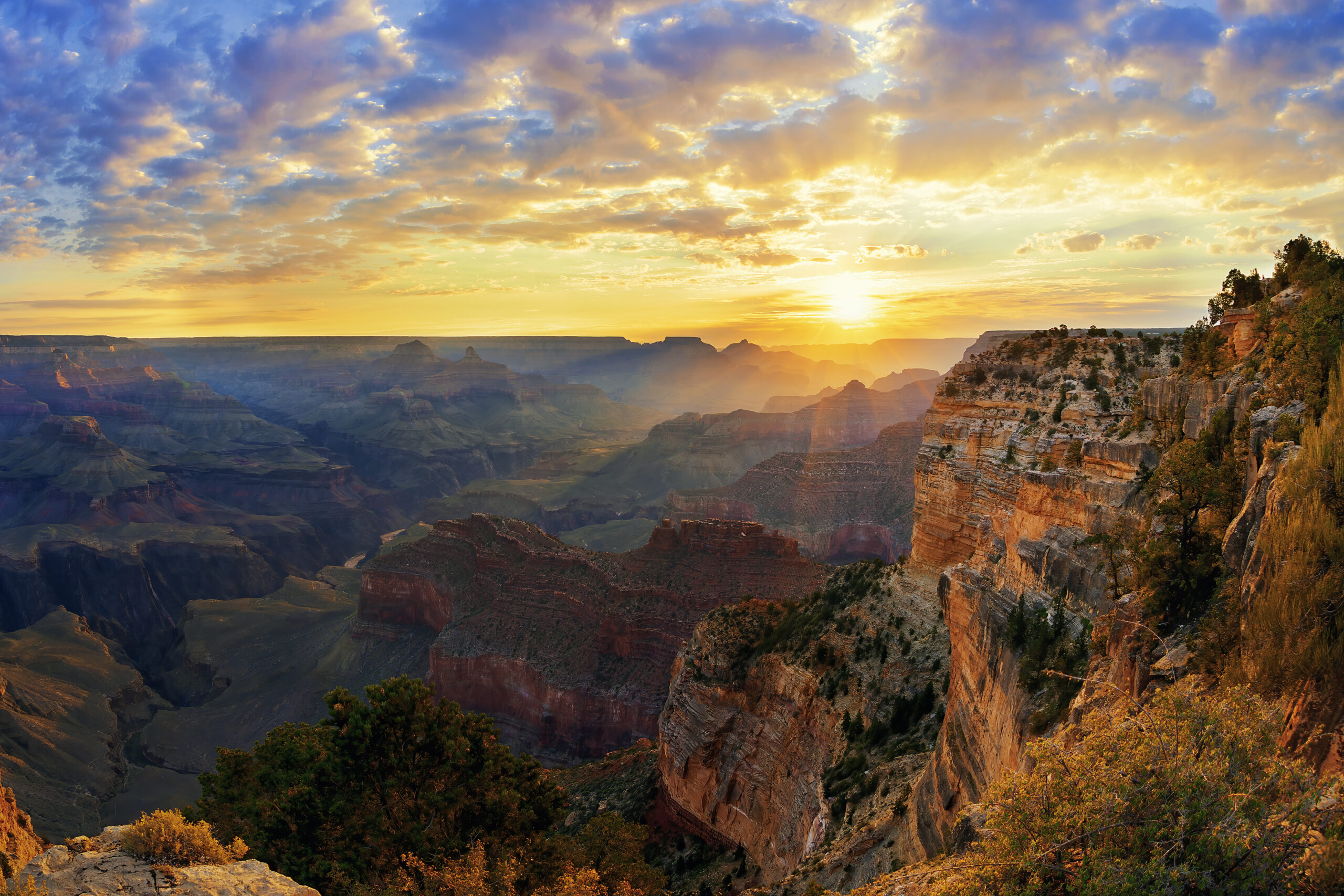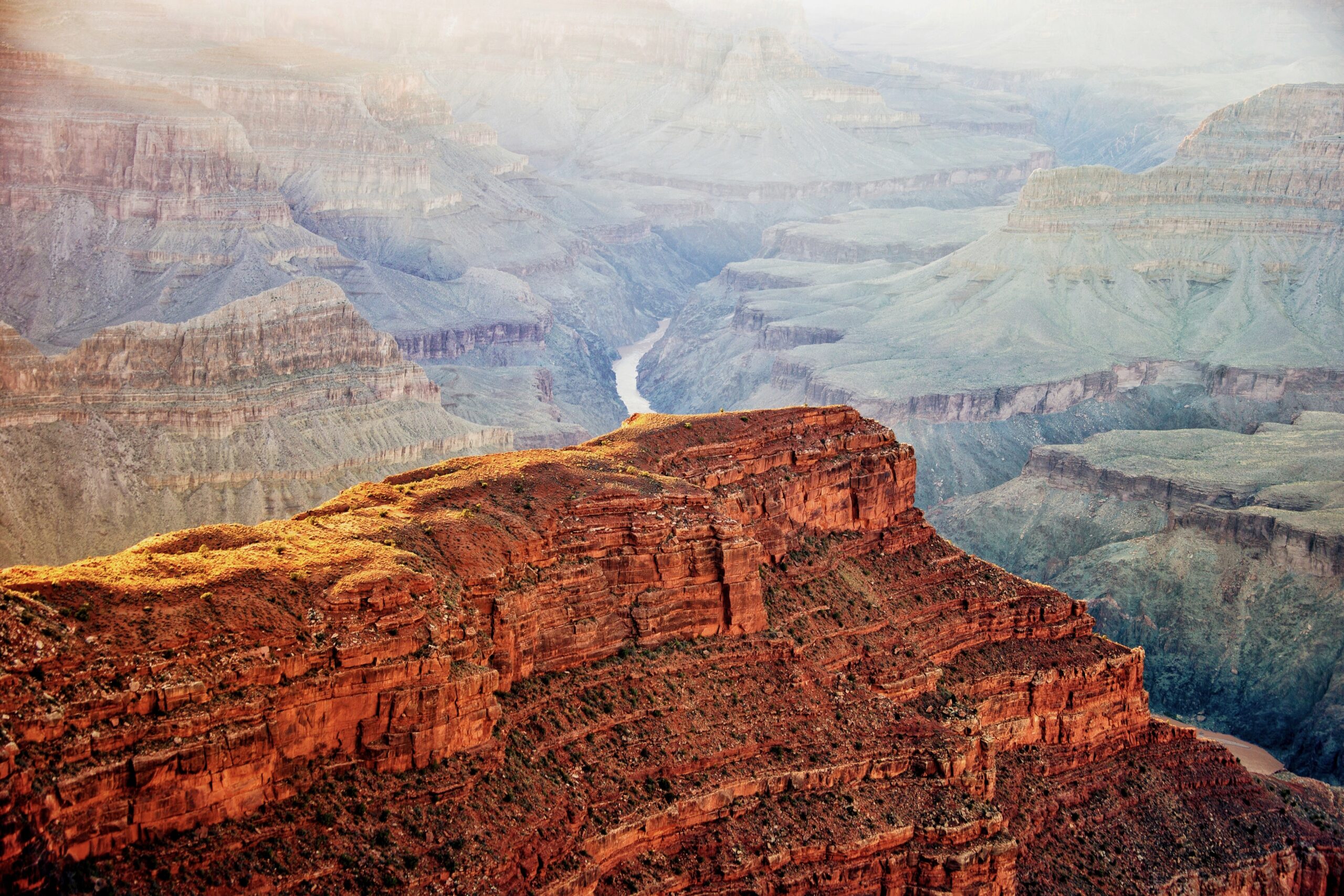- LIFE
Delicious Boneless Pork Chop Recipes for Dinner


The Grand Canyon stands as one of the most awe-inspiring natural wonders in the world, attracting millions of visitors who come to experience its massive scale and incredible history. Carved by the Colorado River over millions of years, it offers a rare look into Earth’s geological past. From ancient cultural roots to breathtaking landscapes, the Grand Canyon continues to inspire nature lovers and explorers. As you plan your visit, these fascinating facts will give you a deeper appreciation of this unforgettable destination.
The Grand Canyon covers 277 miles of the Colorado Plateau, stretching from narrow passageways to vast openings nearly 29 kilometers wide, with depths that drop more than a mile from rim to riverbed.
Some of the rocks at the canyon’s base are more than 2.5 billion years old, offering one of the oldest exposed geological records on Earth.
The canyon was shaped over millions of years by the Colorado River, which cut through layers of rock as the land rose around it.
Each rock layer represents a different ancient environment, from oceans and deserts to river plains and coastal landscapes.
Huge elevation changes—from river to rim—create multiple climates and habitats, supporting diverse plants and animals.
The canyon hosts mammals, reptiles, amphibians, bats, and countless plant species adapted to dramatically different conditions.
The Vishnu Basement Rocks at the bottom are over a billion years old, predating most life on Earth.
Wind, rain, snowmelt, and the river continue slowly carving and reshaping the canyon even today.
Temperatures can differ by more than 30°F between the river and the rim due to elevation changes.
Its high elevation and remote location provide exceptionally clear air, enhancing panoramic views.

Rock layers vary in mineral content, creating dramatic colors that shift with sunlight, especially at sunrise and sunset.
Though dinosaur bones are rare, fossils of ancient sea creatures are common, revealing periods when oceans covered the region.
Indigenous tribes such as the Hopi, Navajo, Havasupai, and Hualapai have lived in and around the canyon for thousands of years.
Species like the California condor and bighorn sheep inhabit the canyon’s cliffs and valleys.
Large areas of the canyon remain undeveloped, protecting fragile ecosystems and preserving natural beauty.
While the rocks are ancient, the canyon itself is geologically young—only a few million years old.
Rockfalls, erosion, and river flow continue to shape the canyon’s form, though changes are slow.
Whether viewed from above or explored from below, the shifting landscapes offer unmatched natural beauty.
Every exposed layer tells a story of Earth’s evolving environments across billions of years.
The canyon highlights both the strength of natural forces and the vulnerability of ecosystems that depend on them.
Its global recognition reflects its breathtaking scale, beauty, and geological significance.
The Grand Canyon was designated a World Heritage Site in 1979 for its universal scientific and cultural value.
Ongoing erosion means the canyon continues to deepen over geological time.
Different elevations act like isolated “islands” of habitat, each with its own climate and species.
The South Rim sits around 7,000 feet high, while the North Rim can reach 8,000–9,000 feet.
With minimal light pollution, the canyon offers exceptional views of the Milky Way and night sky.
One of the park’s most famous routes, it allows hikers to travel from rim to river through striking canyon layers.
Higher elevation makes it cooler and less crowded, and it closes during winter due to heavy snowfall.
Storms, winds, and temperatures can vary dramatically between canyon levels and rims.
Desert blooms such as primroses and cacti survive intense heat and sparse rainfall.
Cool air sinks into the canyon overnight, creating temperature inversions that affect weather and visibility.
The Grand Canyon pink rattlesnake is found nowhere else on Earth.
As the plateau rose over millions of years, the river cut deeper into the land.
Many Indigenous communities still practice cultural rituals tied to the canyon’s spiritual meaning.
Millions of years ago, its flow direction and volume were shaped by shifting landscapes and tectonic uplift.
Falling rocks continually reshape the canyon’s cliffs and trails over time.
Geologists, archaeologists, and ecologists study its layers, fossils, and ecosystems to understand Earth’s past.
Its dramatic landscapes attract millions of photographers and travelers each year.
This greenish-gray rock layer contains fossils of marine life from hundreds of millions of years ago.
Storms echo dramatically through the canyon, creating powerful soundscapes.
The Colorado River stays around 46°F due to deep releases from upstream dams.
There are more than a thousand caves, though only a few are documented or accessible.
Animals use unique survival strategies, from nocturnal habits to specialized heat tolerance.
Scientists continue to refine theories about when and how the canyon formed.
Located at Grand Canyon West, it lets visitors look straight down at the canyon floor.
Changing light reflects off layered rock, producing dramatic color shifts across the canyon walls.
Plants like sagebrush, yucca, and agave cling to dry cliffs with remarkable resilience.
Evidence of ancient dwellings and artifacts reveals long-term human habitation.
Park fees and conservation programs preserve the canyon’s wildlife, trails, and natural features.
From hikers and artists to scientists and families, the Grand Canyon continues to stir awe and remind people of nature’s incredible power.
The Grand Canyon is a place where history, geology, culture, and nature come together in one extraordinary landscape. These facts highlight just how unique and meaningful the canyon is, both to the people who have lived here for generations and to the millions who visit every year.